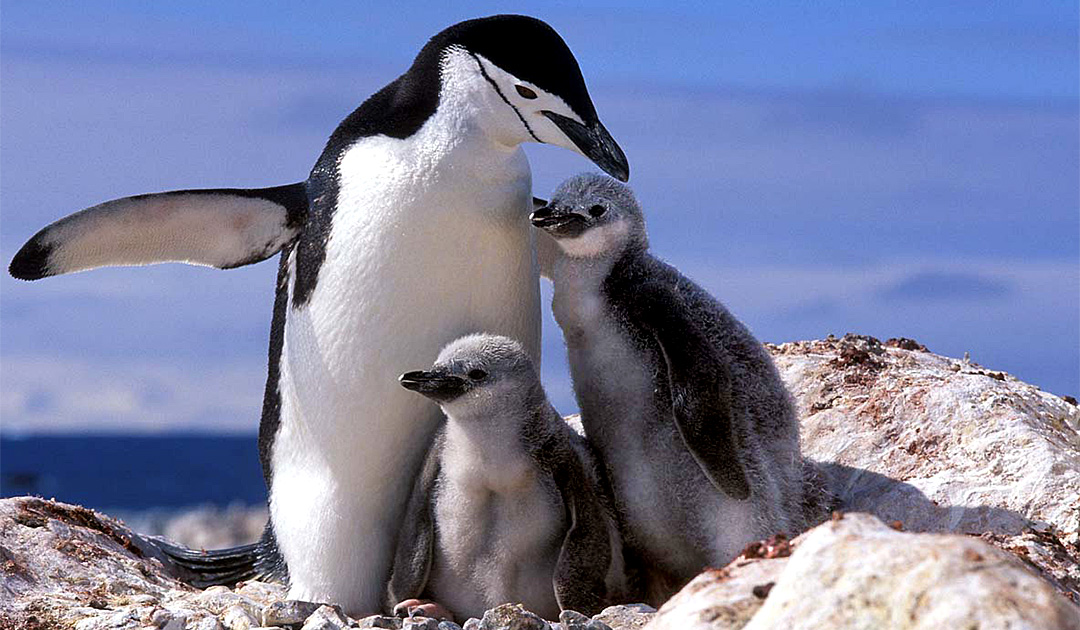
New penguin colony discovered near the Antarctic peninsula
Viking Ocean Cruises announced that its expedition team has made the discovery of a new, previously unknown chinstrap penguin colony on Díaz Rock in Antarctica.

Viking Ocean Cruises announced that its expedition team has made the discovery of a new, previously unknown chinstrap penguin colony on Díaz Rock in Antarctica.

A new discovery shows that male sea spider take care of their young in the icy waters of the Antarctic.
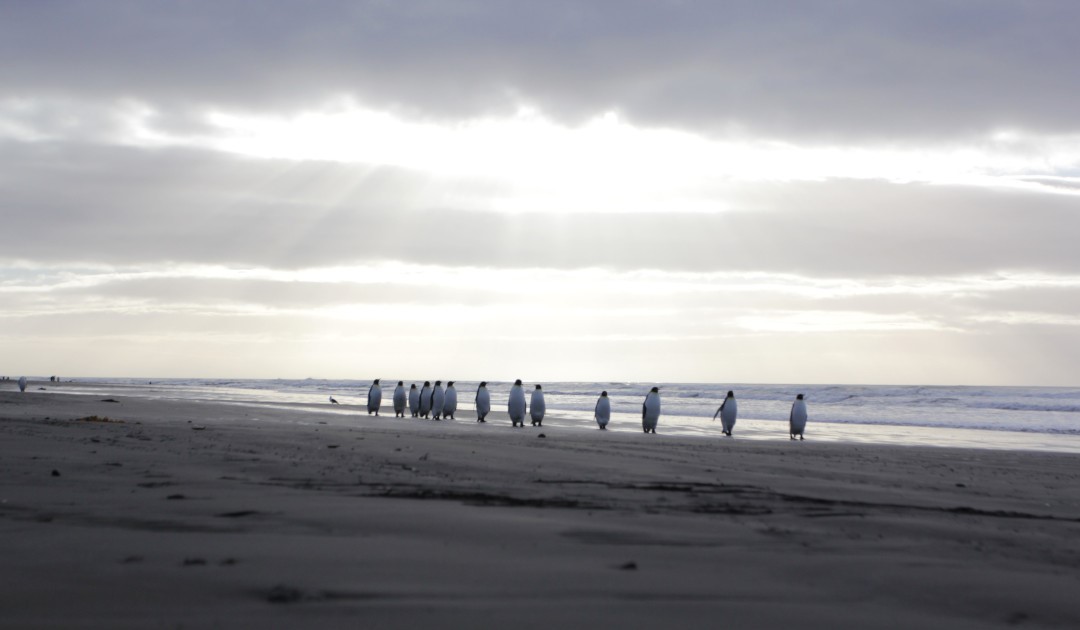
A Franco-Canadian study of king penguins in the largest colony on the Courbet Peninsula in Kerguelen shows that these birds are highly specialized, making them vulnerable to geographical changes in the polar front.

“Zombie mice”, as they are called by conservationists, are non-native mice that adapt to their environment. In the meantime, they have become a problem for native birds.

There are few animals that trigger such strong emotions as whales. Whales inspire – but whales also stir up emotions when it comes to whaling. And what happens after their death is explained here.

Scientists at Japan’s Showa Station are study the ecology of fish living permanently under ice and their feeding habits by assessing their stomach contents

British Antarctic Survey (BAS) and RSPB recruit albatross detectives to help find migratory albatrosses in satellite imagery from space.

New Zealand researchers have discovered a never-before-seen ecosystem underneath the Larsen Ice Shelf at a depth of 500 meters.

The excitement was great when a young African penguin at Salzburg Zoo went missing. After a search operation lasting several hours, the animal was finally found in a cornfield.

Long-term surveys show that the breeding population of Adelie penguins in the Windmill Islands region has increased sixfold over the past 60 years.
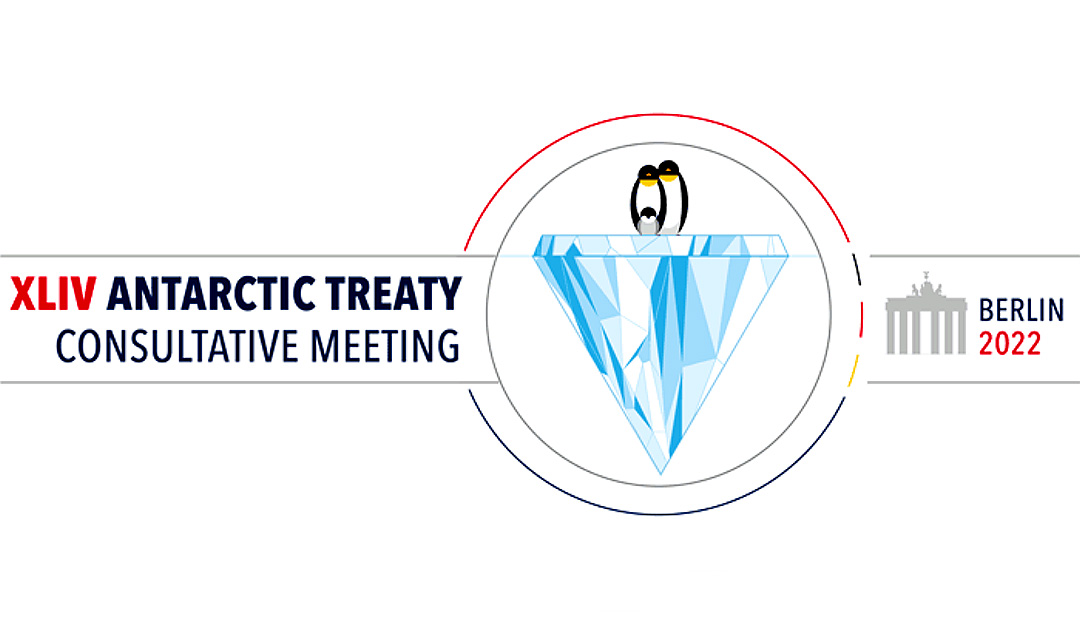
At the meeting in Berlin, the majority of countries had voted in favor of granting the emperor penguin protected status, yet China voted against it.
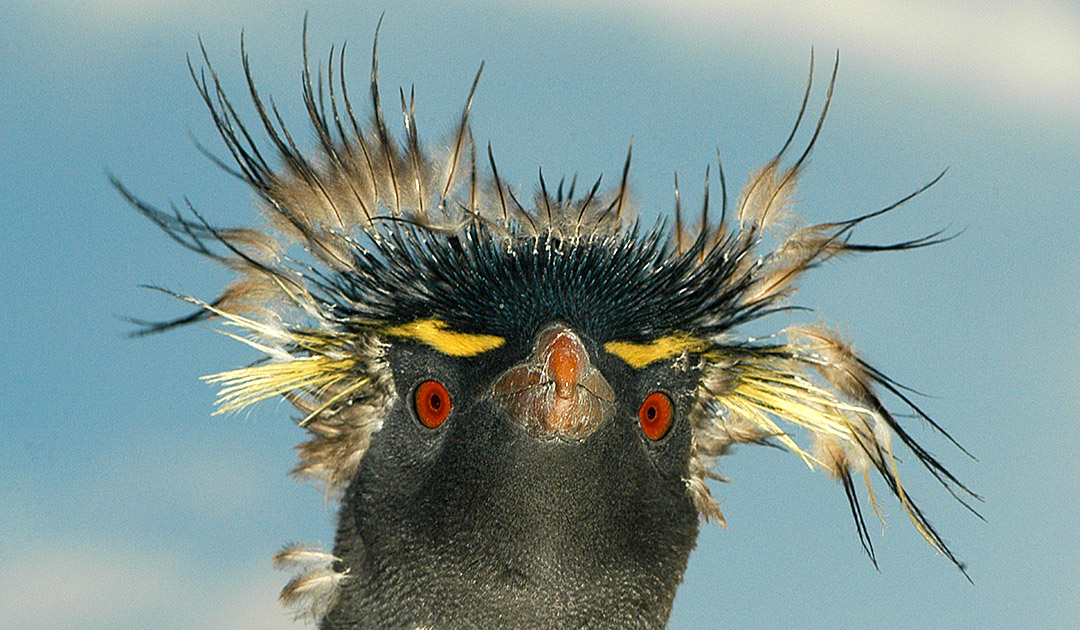
Rockhopper penguins know their way around steep terrain. New studies show that the little guys have a lot going for them in other ways, too.
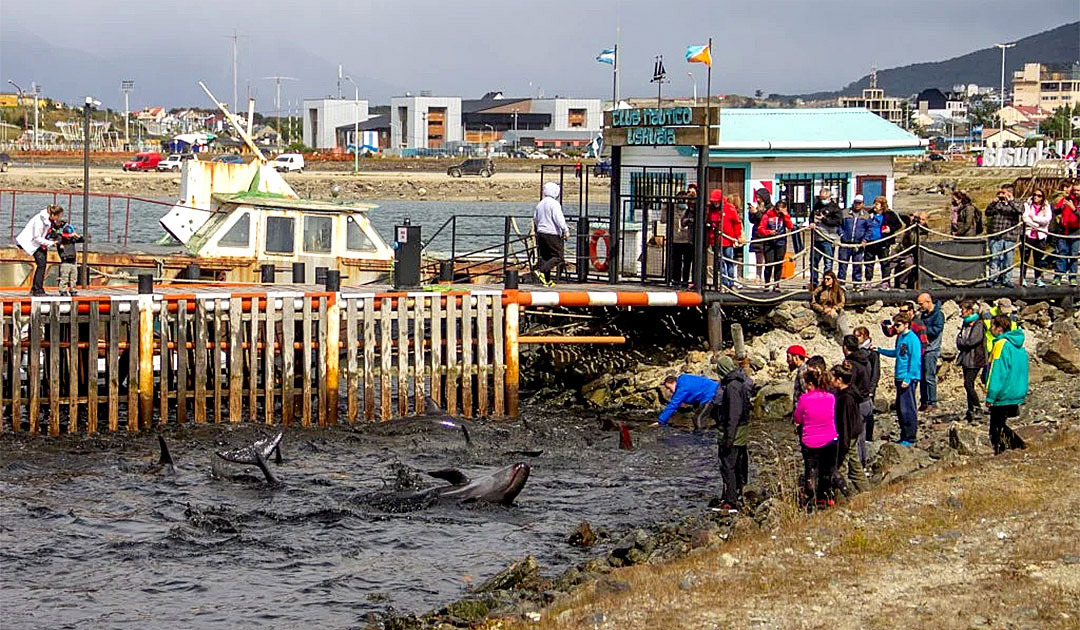
Visitors to the Ushuaia Yacht Club witnessed an unusual event. More than a dozen dolphins approached the shore and beached next to the pier.
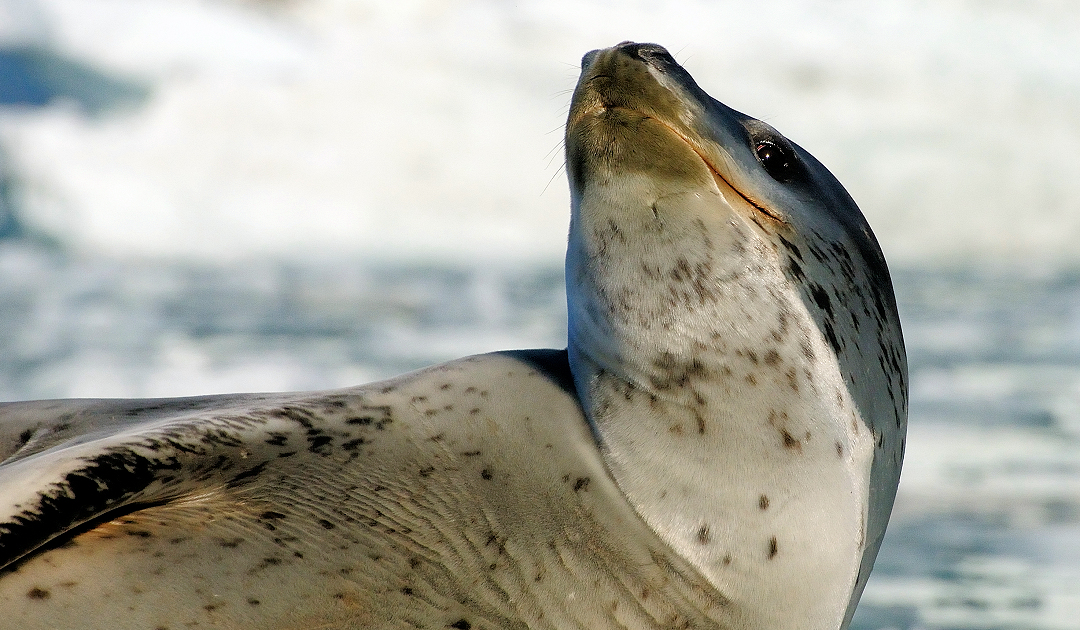
In New Zealand waters, leopard seals do not appear to spurn sharks as prey, researchers have found.
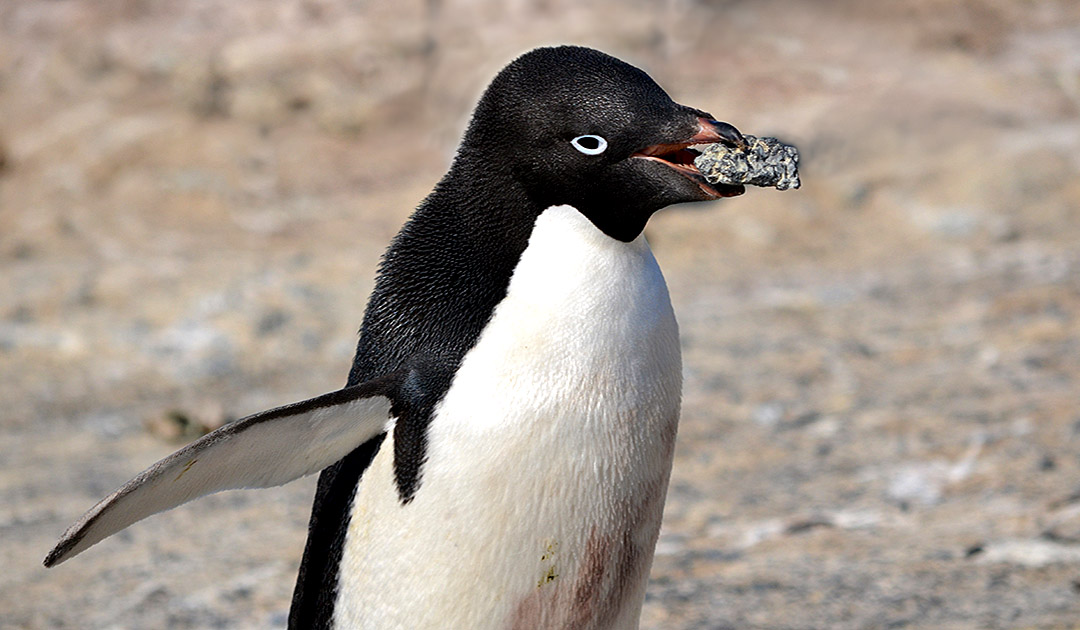
Adélie penguins often steal rocks from each other’s nests, but new research shows the crafty birds target some nests more than others.

A leopard seal normally inhabiting Antarctica has turned up in Lyall Bay in Wellington, on New Zealand’s North Island.

Penguins spend half of their lives in the water. Observations have shown that they can spend longer periods under water than was previously known.

If the beautiful Sedna had not resisted her father’s wish to marry her off to a black raven, there would be no seals in the seas today.

South Georgia, one of the most biologically rich places in the world, is home to a quarter of the world’s gentoo penguin population. For their protection, the protection zone for fishing was extended.

Although Antarctic krill in particular is one of the best documented pelagic species, there is still a great deal of uncertainty about different key roles in its life history.

Since time immemorial, legends and myths have been swirling around the wandering albatross. Today, the largest seabird is doing well. Because of climate change.
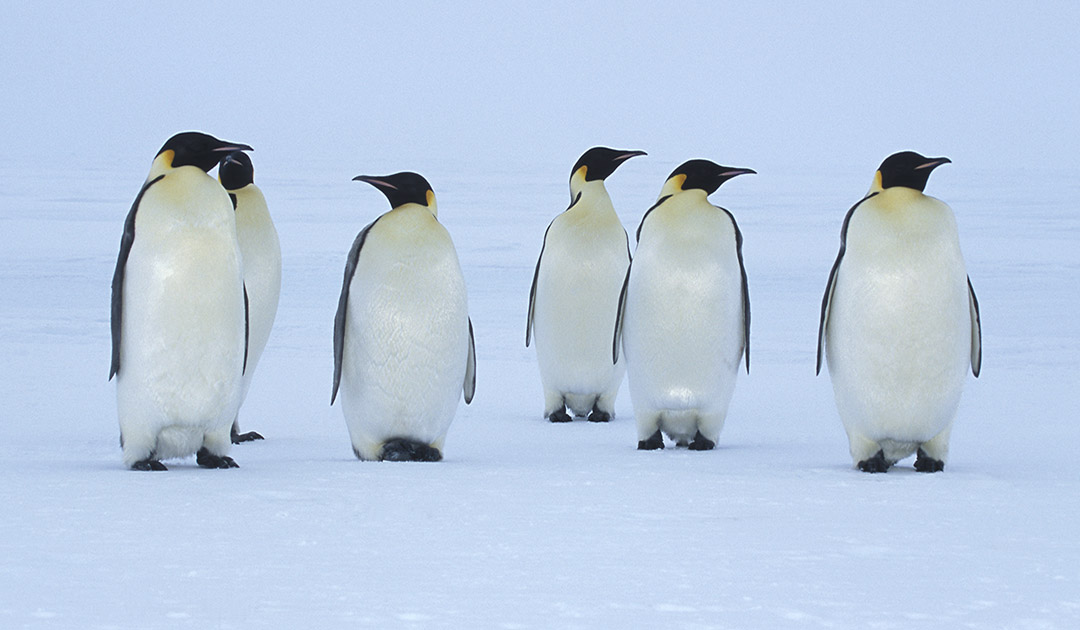
The emperor penguin lives and breeds exclusively on the edge of Antarctica between the 66. and 78. latitudes South.